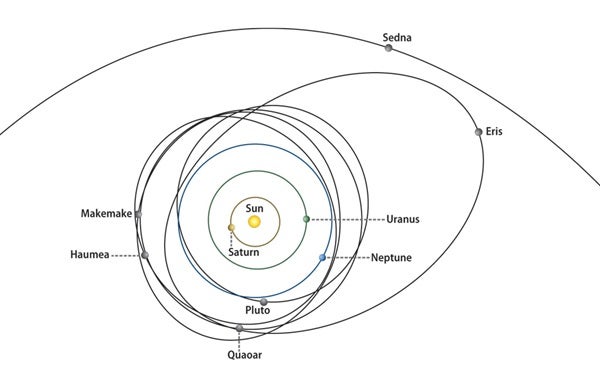Caltech astronomer Michael Brown has helped categorize the Kuiper Belt through his discoveries of several of the largest objects in this third zone. Now, he and his colleagues are continuing their search for more of these worlds from the Southern Hemisphere.
But the Kuiper Belt is more than a collection of frigid worlds far from the Sun — it may hold clues to the formation and early history of our solar system. Planetary scientist S. Alan Stern wrote about the far-flung region in this 2008 article for Astronomy’s special solar system issue. Stern, the principal investigator for the New Horizons mission to Pluto and the Kuiper Belt, no doubt will lead a revision to what we know about the outer solar system when the spacecraft reaches Pluto in 2015.










